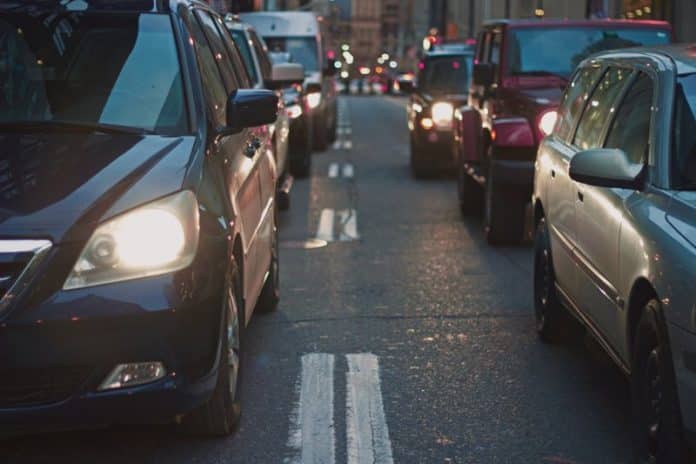The feeling towards the covid-19 pandemic in late 2021 in Ireland, all of 20 months on from when the world was turned and flipped upside down still leaves many of us at odds.
A survey shows that most would accept a vaccine booster if offered one, the ESRI’s social activity measure has found, however its less than those who accepted the first vaccine.
Aside from the 81% who support a booster, 8% say they didn’t get the first vaccine and 10% won’t take a booster.
Parents are divided on whether to allow their children under 12 to be vaccinated if it was recommended; 40% would, 30% would not, while 30% answered “maybe”.
Booster hesitancy is highest among people in their 30s, women and lower socio-economic groups; the most commonly cited reason is not seeing a need or benefit for one.
Half of us report not wanting life to go back to how it was before the pandemic, according to the measure covering the period October 19th-26th.
Changes to work patterns and commuting, and reduced pressure to socialise, were the most commonly cited positive changes.
30% of people think the Government’s response to the pandemic is insufficient, the highest level since last April.
One in five people expect restrictions to be tightened this month; conversely, there has been a sharp drop in the number expecting a further loosening of restrictions.
Fatigue with restrictions remained relatively stable, and people report paying more attention to news coverage of Covid-19.
Self-reported compliance has also remained unchanged since mid-Summer, but there was a sharp drop in people’s belief that others are following guidelines.
Fears about the pandemic varies by issue, with people most worried about the healthcare system and least worried about contracting the virus themselves.
One in 12 workers says they are attending the office because they feel pressurised to do so. The rise in traffic volumes alone back up the contention that more and more are drawn into offices and work places.
People’s perception of Covid-19 risk diverges from public health advice with those dining outdoors perceiving the same risk factor as those who dine indoors.
Schools are perceived as more risky locations than pubs or restaurants. People’s own homes are perceived as the least risky location and public transport the most risky.








